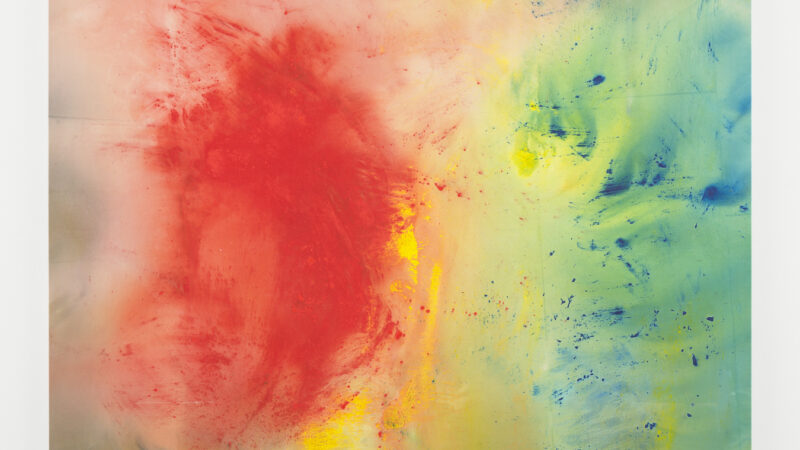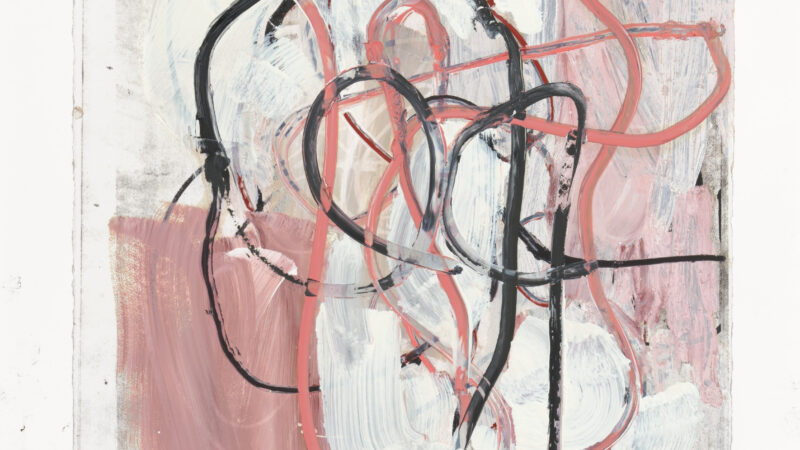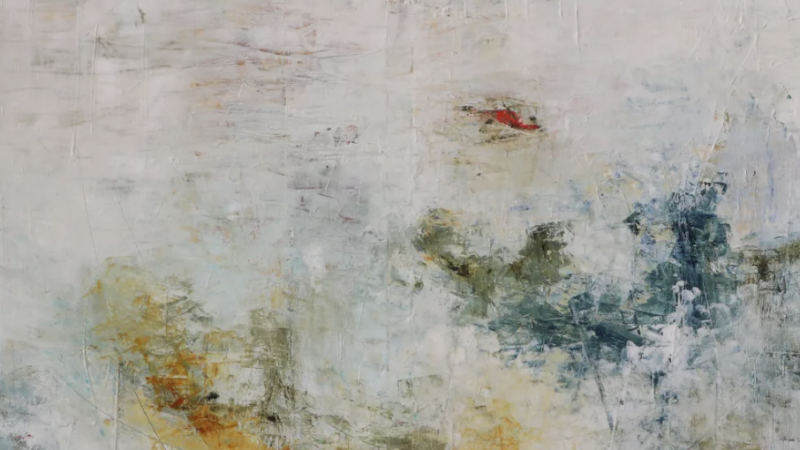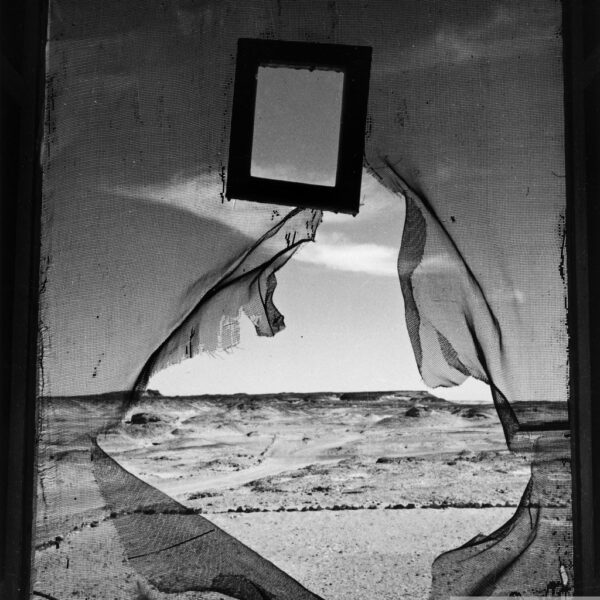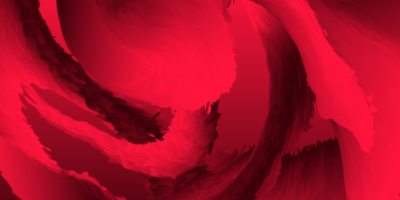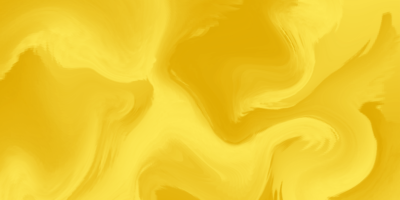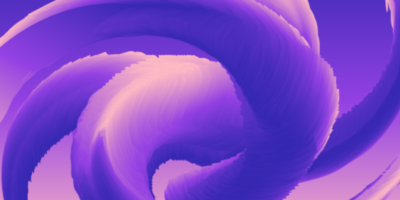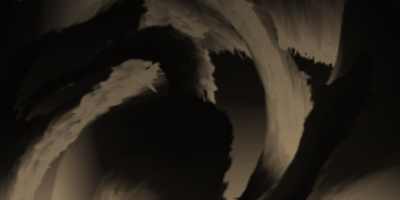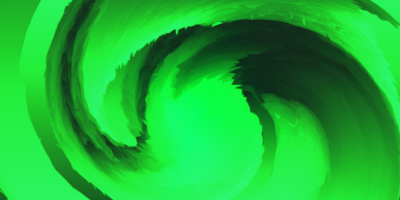NASA’s Webb telescope captures ‘Pillars of Creation’
Since its launch on December 25 2021, NASA’s James Webb telescope has sent back kaleidoscopic, breathtaking pictures from our universe.
Webb’s latest view is of the Pillars of Creation, first captured in 1995 by Hubble. The Pillars of Creation are aptly named, as new stars are form within dense clouds of gas and dust. The resulting three-dimensional pillars look like majestic rock formations, but are actually made up of interstellar gas and dust that appear – at times – semi-transparent in near-infrared light.
By comparing it with Hubble’s image and those planned to be taken in the future, together over time they will begin to build a clearer understanding of how stars form and burst out of these dusty clouds over millions of years.

The Pillars of Creation are set off in a kaleidoscope of color in NASA’s James Webb Space Telescope’s near-infrared-light view. The pillars look like arches and spires rising out of a desert landscape, but are filled with semi-transparent gas and dust, and ever changing. This is a region where young stars are forming – or have barely burst from their dusty cocoons as they continue to form. Credits: NASA, ESA, CSA, STScI; Joseph DePasquale (STScI), Anton M. Koekemoer (STScI), Alyssa Pagan (STScI)
According to NASA’s press release, “Young stars periodically shoot out supersonic jets that collide with clouds of material, like these thick pillars. This sometimes also results in bow shocks, which can form wavy patterns like a boat does as it moves through water. The crimson glow comes from the energetic hydrogen molecules that result from jets and shocks. This is evident in the second and third pillars from the top – the NIRCam image is practically pulsing with their activity. These young stars are estimated to be only a few hundred thousand years old.”
Cover image:
NASA’s Hubble Space Telescope made the Pillars of Creation famous with its first image in 1995, but revisited the scene in 2014 to reveal a sharper, wider view in visible light, shown above at left. A new, near-infrared-light view from NASA’s James Webb Space Telescope, at right, helps us peer through more of the dust in this star-forming region. The thick, dusty brown pillars are no longer as opaque and many more red stars that are still forming come into view.
Credits: NASA, ESA, CSA, STScI; Joseph DePasquale (STScI), Anton M. Koekemoer (STScI), Alyssa Pagan (STScI).


